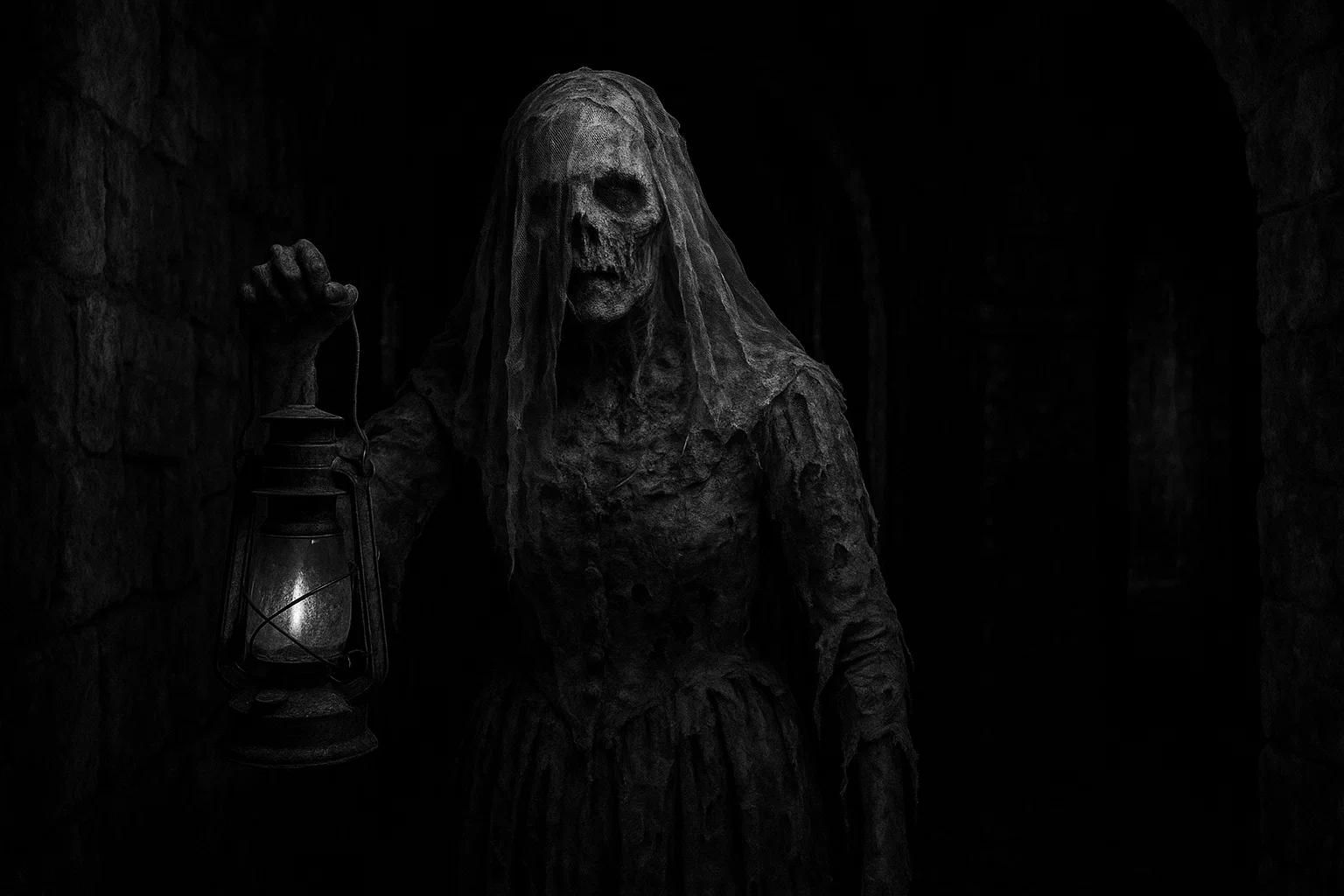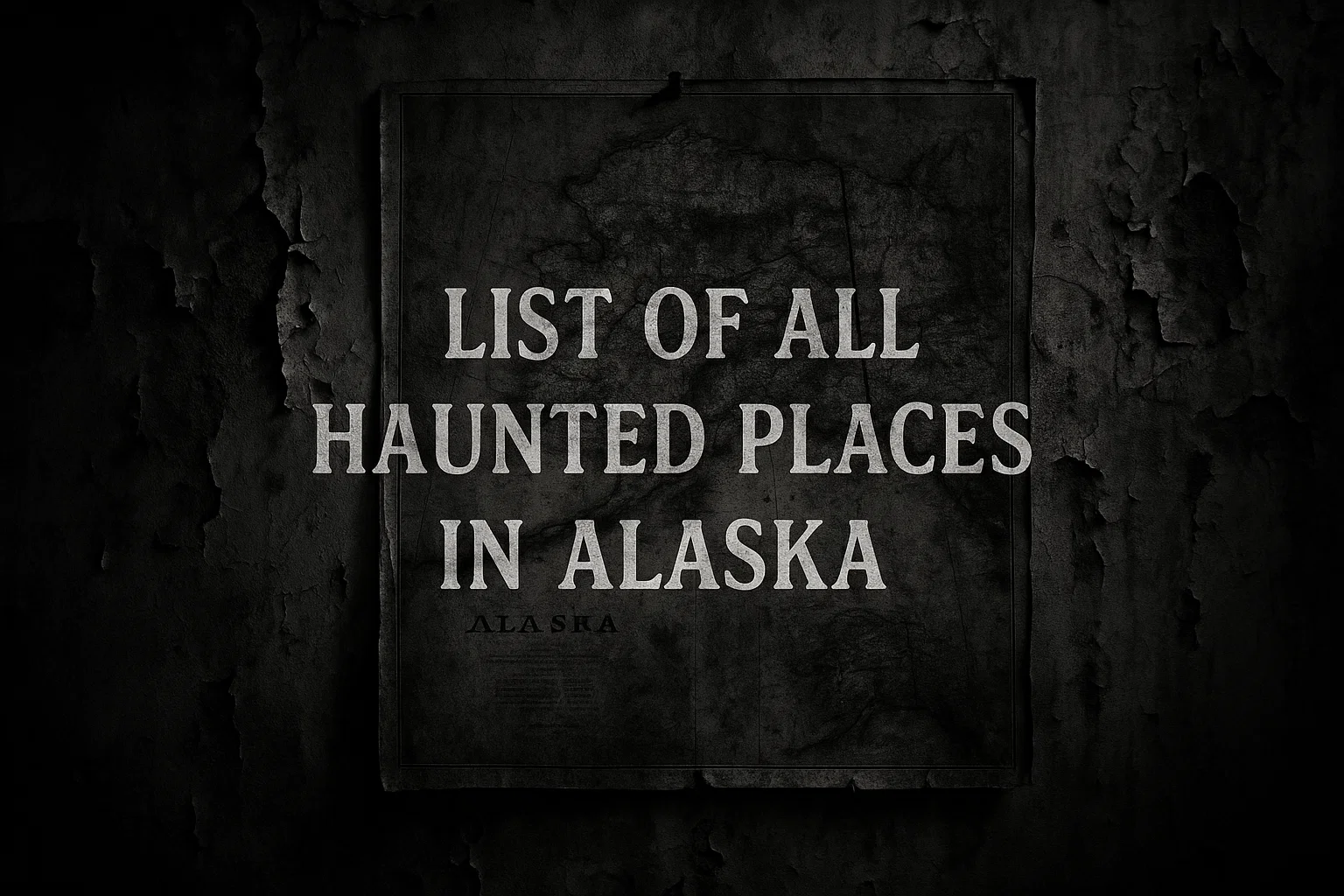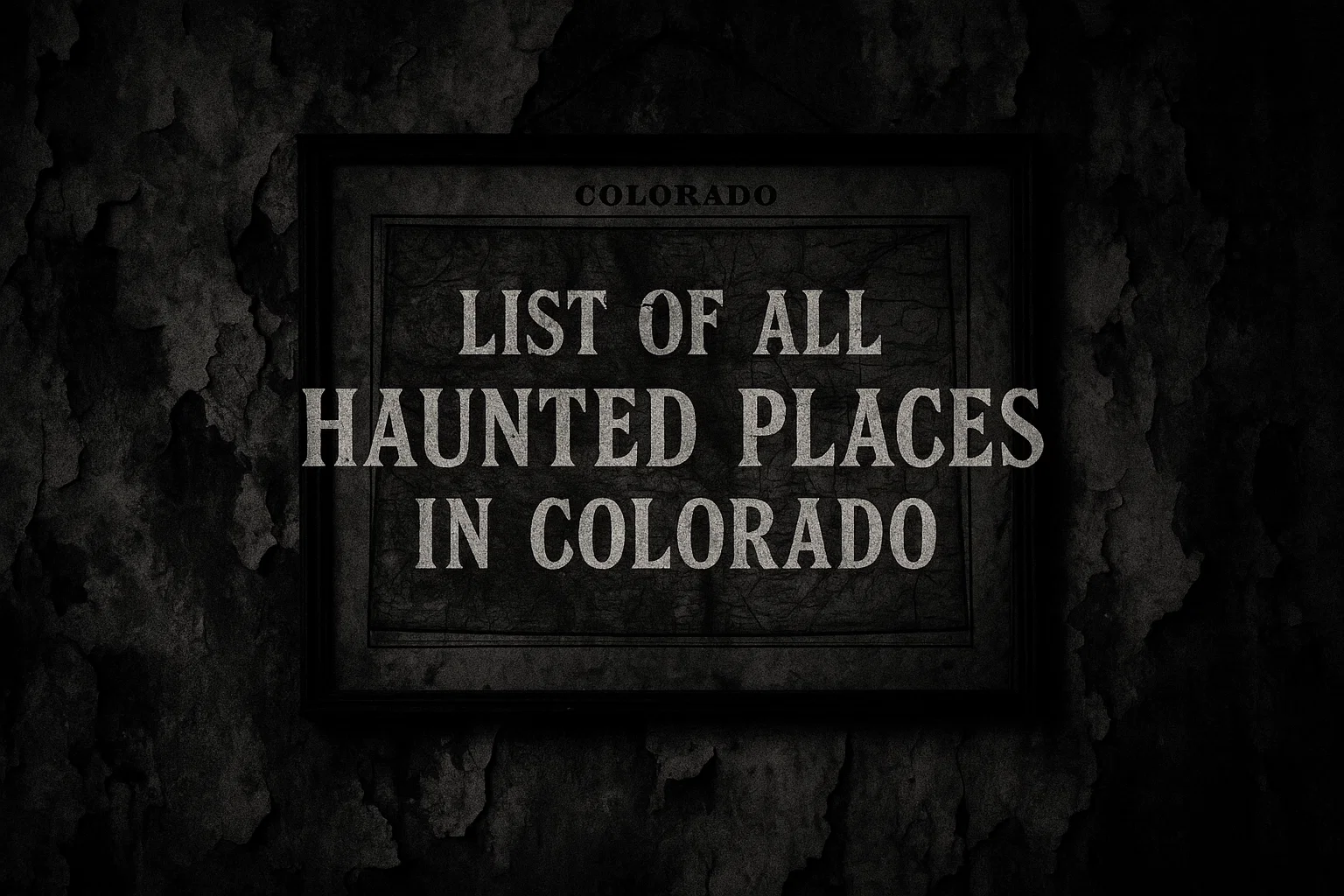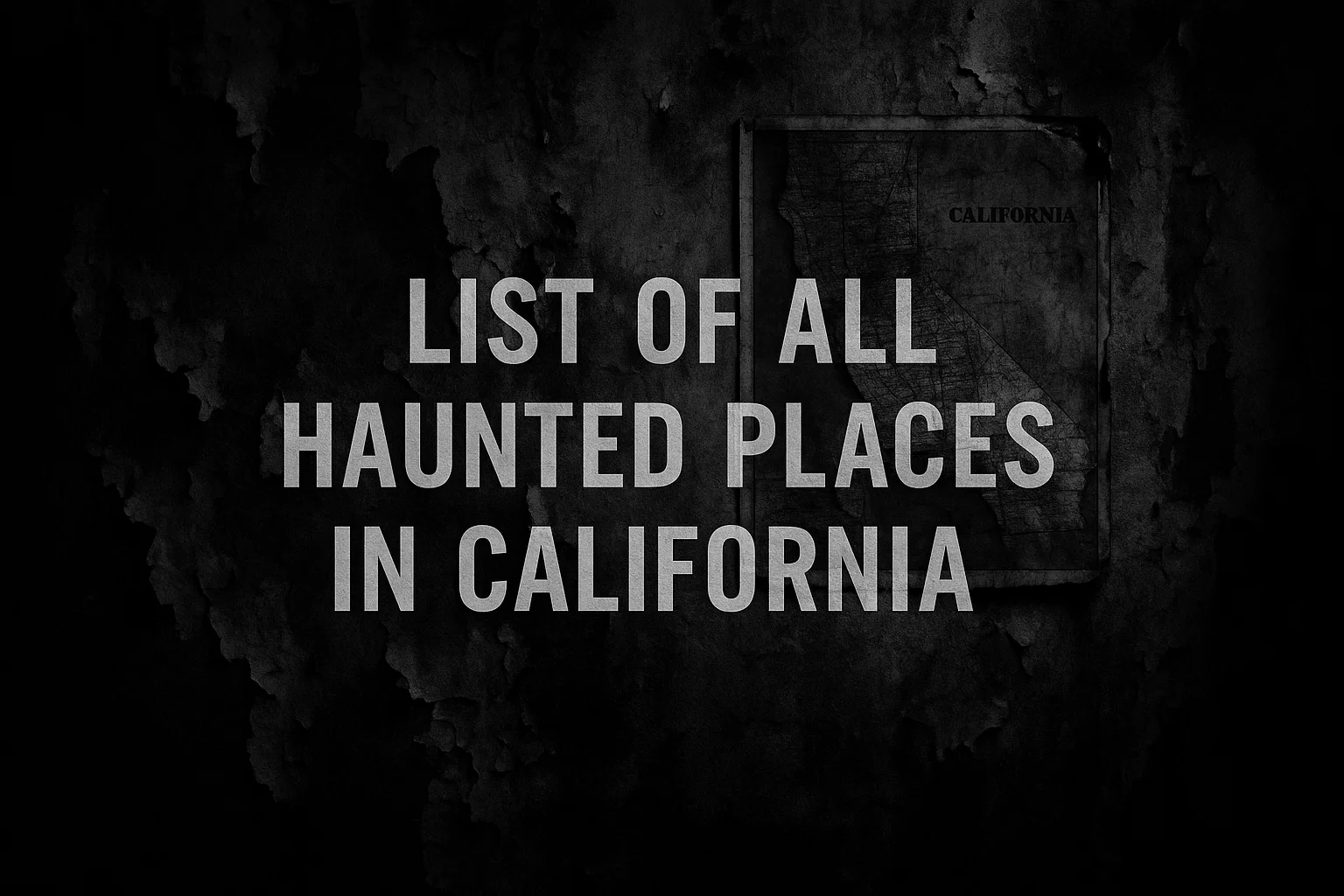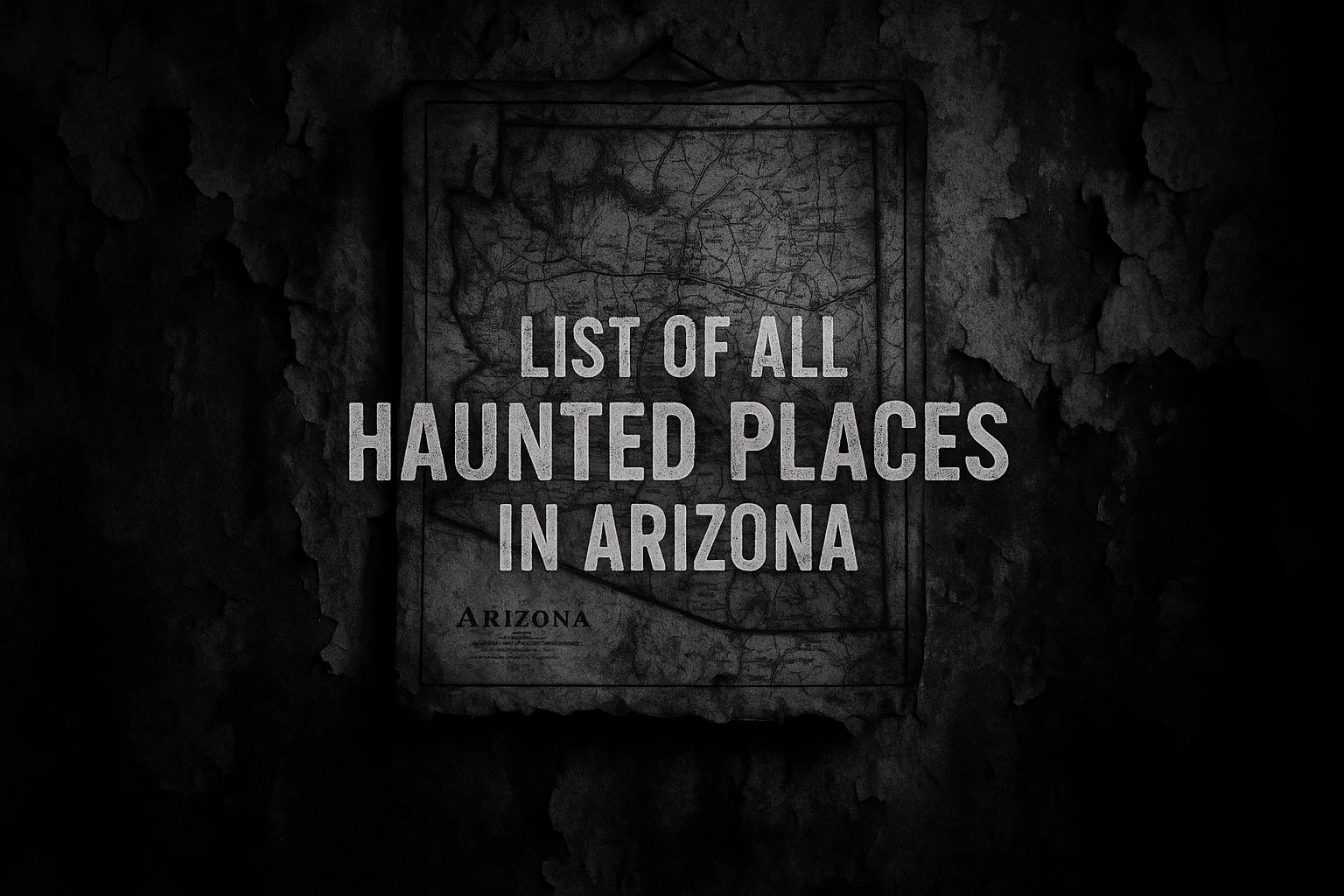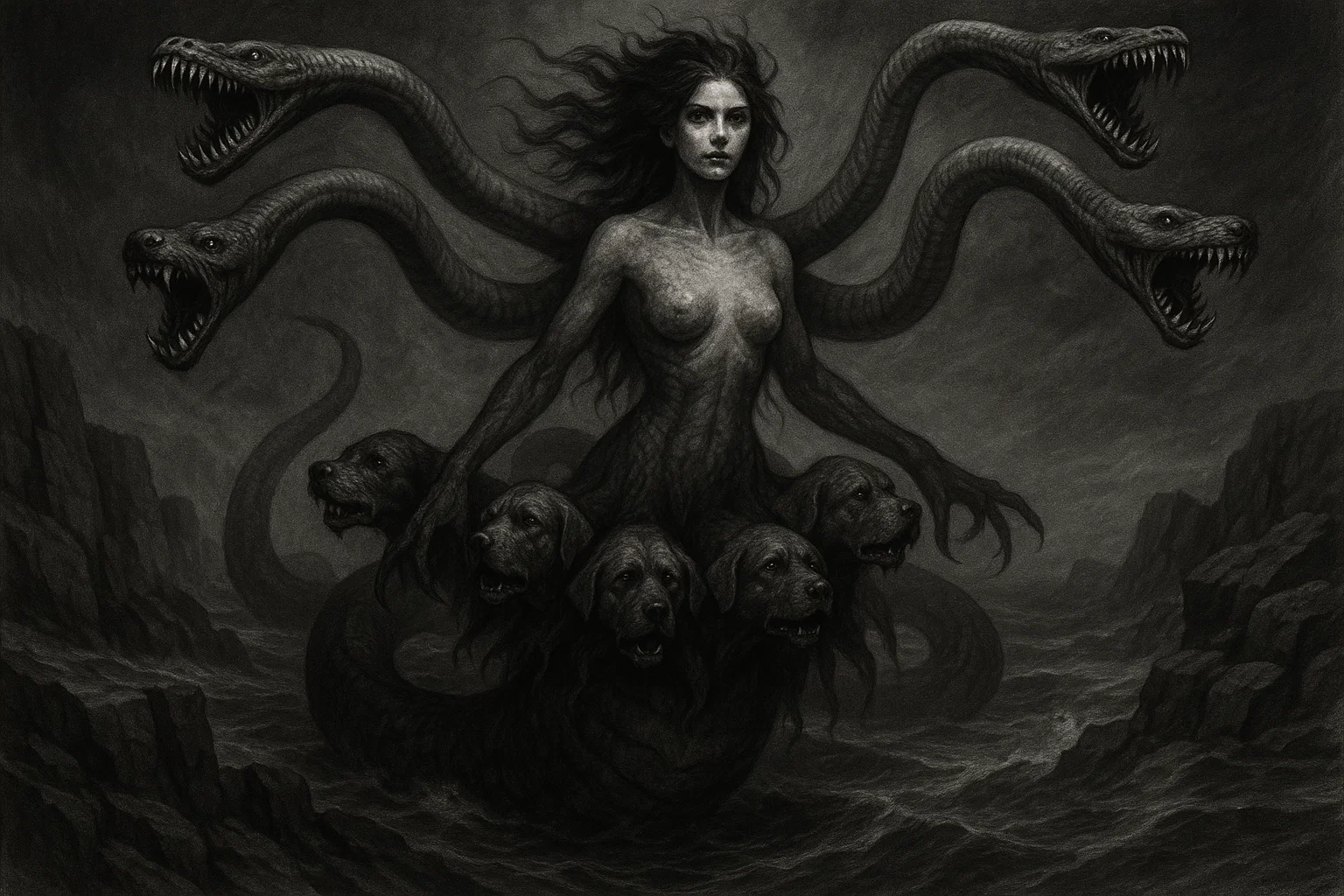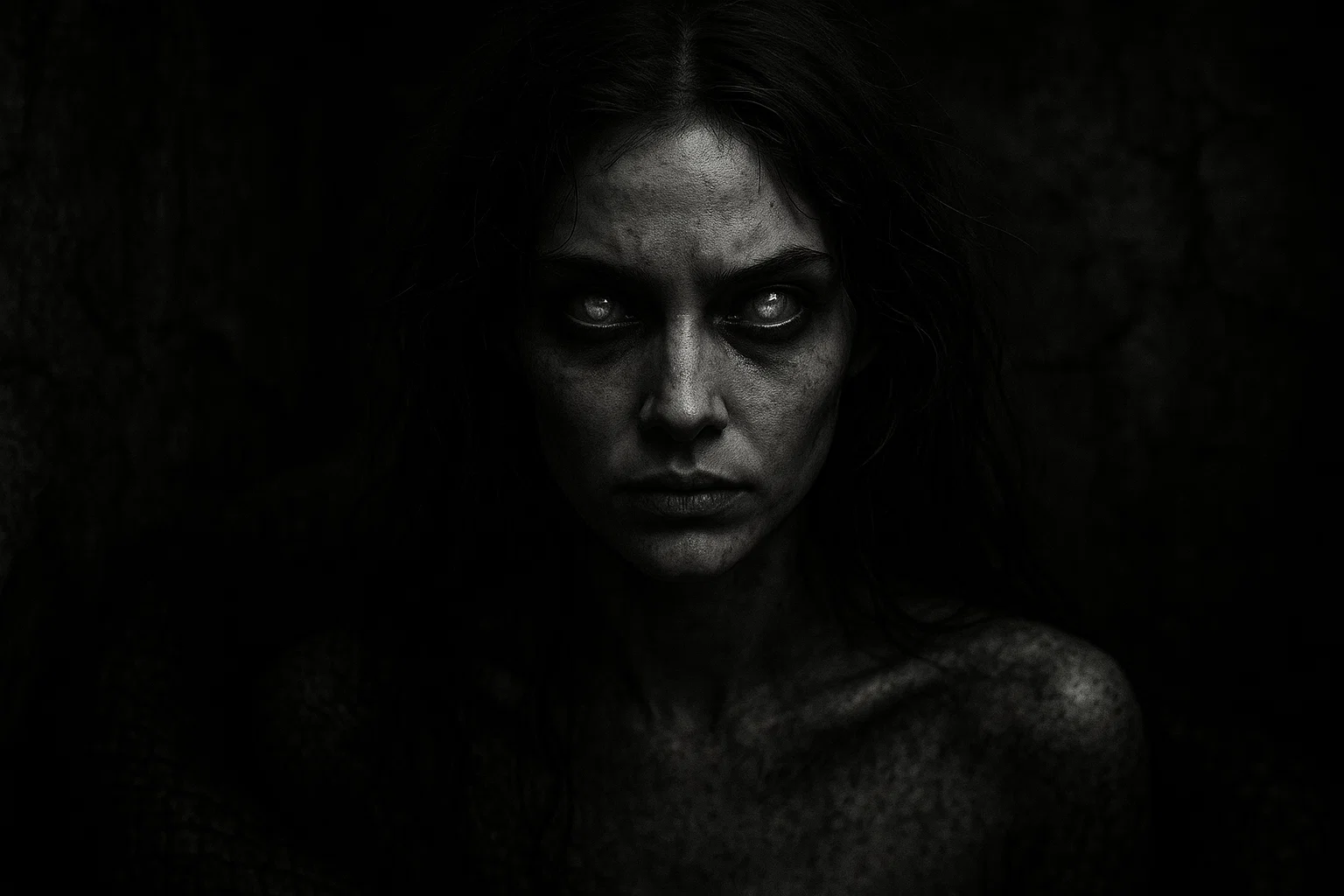The Hohenzollern dynasty, one of Germany’s most influential families, ruled Prussia and the German Empire from the 15th century until the end of World War I in 1918.
Renowned for their political and military achievements, the Hohenzollerns are also associated with a chilling legend: the White Lady of Hohenzollern, a ghostly apparition said to haunt their castles and palaces.
Believed to be a harbinger of death or disaster, her appearances have been reported for centuries, weaving a thread of supernatural intrigue through the family’s storied history.
This article explores the White Lady’s legend, her possible identities, documented sightings, the curse tied to her appearances, her connection to the Nibelungen treasure, and her parallels with other ghostly figures worldwide.
Summary
Historical Context
The Hohenzollern dynasty emerged in the 11th century, becoming Electors of the Holy Roman Empire by the 15th century. They ruled Prussia from 1525 and the German Empire from 1871 to 1918.
Their castles—Hohenzollern Castle, Plassenburg, Berliner Schloss, and Charlottenburg Palace—were power centers and haunting sites. The dynasty’s role in German history, from the Thirty Years’ War to World War I, provides a backdrop for the White Lady’s curse, her sightings often coinciding with wars, abdications, or deaths.
What Does the White Lady of Hohenzollern Look Like?
The White Lady is consistently described as a tall, slender figure enveloped in flowing white garments, often a gown or robe that shimmers faintly in dim light. Her face is frequently obscured by a veil, adding to her enigmatic presence, though some witnesses claim to have glimpsed pale, sorrowful features beneath.
A defining characteristic is the large bunch of keys she carries, which jingle softly as she moves, symbolizing her connection to the castles and palaces of the Hohenzollern family.
Her movements are graceful yet silent, and her presence is often accompanied by an eerie chill, flickering candles, or a pervasive sense of dread.
Some accounts note her ethereal glow, as if illuminated by an unseen light, and others report disembodied whispers or the sound of rustling fabric preceding her appearance.
Witness descriptions provide vivid insights into her spectral form:
- A 1619 account from Berliner Schloss by a page: “She was tall, clad in white, with a veil that hid her face. Her keys clinked as she glided past, and the air grew cold as death.”
- A 1678 report from Hohenzollern Castle by a guard: “I saw a lady in a white gown, holding keys that shone in the moonlight. She looked at me with sad eyes, then vanished through the wall.”
- An 1857 testimony from Pillnitz Castle by a courtier: “In the mirror, I saw her—a white figure, veiled, with keys at her waist. The room grew icy, and my candle flickered out.”
These accounts emphasize her melancholy demeanor, white attire, and keys, which are consistent across centuries.
Some tales suggest she opens mysterious doors or passages, revealing glimpses of hidden chambers or treasures, tying her to the Nibelungen treasure. Her otherworldly presence, coupled with paranormal phenomena like cold spots or spectral sounds, reinforces her reputation as a harbinger of doom.
You May Also Like: Belial, Lord of Lies: The Demon Who Fought Angels and Fooled Empires
Possible Identities
The White Lady’s identity remains a subject of speculation, with several historical figures proposed, each marked by tragedy, injustice, or guilt that could bind their spirit to the Hohenzollern castles.
While Countess Kunigunda of Orlamünde, Perchta von Rozmberk, and Anna Sydow are the most commonly cited, other lesser-known figures have also been suggested, though the evidence is sparse.
Countess Kunigunda of Orlamünde (c. 1303 – after 1351)
Countess Kunigunda of Orlamünde, a member of the House of Andechs, married Count Otto of Orlamünde in the early 14th century. After Otto’s death in 1340, Kunigunda fell in love with Albert of Nuremberg, a Hohenzollern noble.
Legend claims she murdered her two children, believing they hindered her remarriage, possibly by poisoning or smothering them. Albert, horrified, married Sophie von Henneberg instead. Devastated and consumed by guilt, Kunigunda entered a convent, becoming the abbess of Himmelskron Monastery, where she died after 1351.
Her heinous act and subsequent remorse are thought to have cursed her spirit, binding it to the Plassenburg Castle and other Hohenzollern sites. Some believe her spectral form carries keys as a symbol of her lost maternal duties or her role as a caretaker of the castle in life.
Perchta von Rozmberk (c. 1429 – 1476)
Perchta von Rozmberk, also known as Bertha of Rosenberg, was a Bohemian noblewoman married to Lieutenant Jan von Lichtenstein in 1449. Her marriage was marked by abuse and neglect, as Jan confined her to isolated castles and squandered her dowry.
Perchta’s letters to her family, preserved in Czech archives, detail her suffering and loneliness. On his deathbed in 1476, Jan cursed her, declaring, “May you never find rest, even after death.”
After her death, Perchta’s spirit is said to have haunted Hohenzollern castles, possibly due to her family’s ties to the dynasty through marriage alliances. Her spectral appearances, often tied to disasters, are seen as a manifestation of her unresolved anguish or Jan’s curse, making her a compelling candidate for the White Lady of Hohenzollern.
Anna Sydow (d. 1575)
Anna Sydow was the mistress of Elector Joachim II of Brandenburg, a Hohenzollern ruler, in the 16th century. Their relationship was passionate but controversial, as Anna was a commoner.
After Joachim died in 1571, his son, John George, imprisoned Anna in the Spandau Citadel, accusing her of undue influence over his father. She died there in 1575, possibly of illness or neglect.
Some believe her spirit became the White Lady of Hohenzollern, seeking justice for her betrayal and imprisonment. Her connection to the Hohenzollern lineage and her tragic end make her a plausible candidate, with her keys perhaps symbolizing her desire to unlock the truth of her fate.
Other Possible Figures
Agnes of Brandenburg (1297–1334): A lesser-known figure, Agnes was a Hohenzollern noblewoman who married Margrave Henry I of Brandenburg. Her early death, possibly during childbirth, and rumors of a scandal involving court intrigues have led some to suggest she could be the White Lady. However, scant historical evidence supports this theory.
Unnamed Hohenzollern Widow: Some folklore posits the White Lady as a composite of multiple tragic women tied to the dynasty, such as widows or mistresses who suffered injustice. This theory lacks specific names but reflects the recurring theme of female suffering in the legend.
These figures’ stories of sorrow, betrayal, or guilt align with ghost lore, suggesting the White Lady may be a single spirit or a collective manifestation of the dynasty’s tragic women.
You May Also Like: Inkanyamba: Real Beast or Local Legend?
The Curse of the White Lady and the Nibelungen Treasure
The White Lady of Hohenzollern is renowned as a harbinger of doom, her sightings invariably followed by tragedy—royal deaths, wars, or political upheavals—within days or weeks.
This curse is central to her legend, instilling fear and reverence among the Hohenzollern family, who reportedly altered plans or braced for misfortune upon her appearance.
The curse is thought to stem from the tragic lives of her possible identities, their unresolved anguish or injustice manifesting as a supernatural warning. For example, Kunigunda’s guilt over her children’s murder or Perchta’s deathbed curse may have imbued the White Lady with her ominous power.
The White Lady’s curse is further intertwined with the Nibelungen treasure, a legendary hoard of gold, jewels, and artifacts from the Nibelungenlied, a 13th-century Germanic epic.
This treasure, amassed by the hero Siegfried and later seized by the Burgundians, is said to be cursed, bringing misfortune to its possessors.
In Hohenzollern lore, the White Lady is believed to guard or know the location of this hidden treasure, concealed within the dynasty’s castles, such as Hohenzollern Castle or Plassenburg. Her keys are thought to unlock secret chambers or mysterious doors leading to the hoard, but those who glimpse it face doom.
For instance, a 17th-century tale claims a Hohenzollern noble saw the White Lady open a hidden passage, revealing a glittering hoard, only to die in a duel days later. The cursed treasure amplifies the White Lady’s omen role, as her appearances not only foretell tragedy but may also tempt the greedy, ensuring their downfall.
Reported Sightings and Hauntings
The White Lady’s sightings span centuries, primarily in Hohenzollern Castle in the Swabian Jura, Plassenburg Castle in Kulmbach, Berliner Schloss (now the Humboldt Forum) in Berlin, Pillnitz Castle, and Charlottenburg Palace.
Her hauntings are tied to pivotal moments in Hohenzollern history, reinforcing her curse. Below is a detailed table of key sightings:
| Year | Location | Description of Sighting | Event Predicted |
|---|---|---|---|
| 1423 | Plassenburg Castle | A veiled figure with keys appeared in the courtyard, her gown glowing faintly. | Death of a Hohenzollern noble in battle. |
| 1486 | Bayreuth Castle | A white-clad woman entered a noble’s chamber, vanishing through a locked door. | Assassination of a visiting ruler. |
| 1598 | Berliner Schloss | Servants saw a ghostly figure with keys gliding through the halls at midnight. | Death of Elector John George of Brandenburg. |
| 1619 | Berliner Schloss | Three pages encountered a white figure; one was struck by her keys and died. | Death of Elector John Sigismund the next day. |
| 1628 | Berliner Schloss | A figure reciting “Veni, judica vivos et mortuos” appeared to guards. | Death of a young Hohenzollern prince. |
| 1678 | Hohenzollern Castle | A spectral woman with keys was seen in the tower, her presence chilling the air. | Death of Erdmann Phillip in a hunting accident. |
| 1765 | Charlottenburg Palace | A white figure was spotted in the royal library, her keys echoing in the silence. | Death of a Hohenzollern diplomat. |
| 1840 | Pillnitz Castle | A white figure with keys appeared near the royal chambers, her veil fluttering. | Death of King Frederick William III. |
| 1857 | Pillnitz Castle | A ghostly woman appeared in a mirror, her keys clinking ominously. | Stroke of King Frederick William IV. |
| 1861 | Berliner Schloss | Guards saw a white figure pacing the halls, vanishing at dawn. | Death of King Frederick William IV. |
| 1888 | Charlottenburg Palace | A veiled figure was seen in the gardens, her keys shining in the moonlight. | Death of Kaiser Wilhelm I. |
| 1914 | Hohenzollern Castle | A white figure appeared in the chapel, her keys echoing through the silence. | Assassination of Archduke Franz Ferdinand. |
| 1918 | Berliner Schloss | A spectral woman was seen during a storm, illuminated by lightning. | Abdication of Kaiser Wilhelm II. |
| 1945 | Berlin | A white figure wandered Berlin’s ruins, her keys clinking amid the devastation. | Destruction of Berlin in World War II. |
Detailed Accounts
1619 (Berliner Schloss): Three pages saw the White Lady in a hall. One approached, was struck by her keys, and died. The next day, Elector John Sigismund passed away, solidifying the curse’s power.
1628 (Berliner Schloss): Guards heard a voice reciting, “Veni, judica vivos et mortuos” (come, judge the living and the dead). A young Hohenzollern prince died soon after, reinforcing her ominous role.
1765 (Charlottenburg Palace): A librarian reported a white figure browsing books, her keys clinking. Days later, a Hohenzollern diplomat died unexpectedly, linking her to the curse.
1857 (Pillnitz Castle): A courtier saw a white figure in a mirror, her veil moving despite still air. King Frederick William IV suffered a stroke weeks later, tying her to tragedy.
1914 (Hohenzollern Castle): A chaplain saw a white figure in the chapel, her keys resounding. The assassination of Archduke Franz Ferdinand followed, triggering World War I.
These hauntings, marked by cold spots, spectral sounds, or flickering lights, underscore the White Lady’s role as a supernatural warning, her curse ensuring doom follows her visits.
You May Also Like: Messages from Beyond | Horror Story
Skeptical Perspectives
Some White Lady sightings may have been hoaxes, misinterpretations, or psychological phenomena. Historical records note:
- In 1486 at Bayreuth Castle, a sighting was a ruse to intimidate nobles, possibly by court rivals.
- At Plassenburg Castle, court ladies dressed as the White Lady for amusement, leading to mistaken identities.
- A man disguised as the White Lady fell down stairs and died, possibly drunk or pushed, showing how pranks fueled the legend.
- Mass hysteria or optical illusions in dark castles, amplified by fear of the curse, may explain some accounts.
These suggest that while the White Lady’s legend is gripping, human factors like deception or fear likely exaggerate her supernatural reputation.
Comparison with Other Similar Ghosts
The White Lady of Hohenzollern is one of many White Lady or White Woman ghosts worldwide, sharing traits like white garments, female forms, and curses tied to death or tragedy.
These figures often embody unresolved injustice or sorrow, their similarities suggesting universal cultural archetypes. Below is a table comparing her to similar spirits:
| Ghostly Figure | Region/Culture | Appearance | Curse/Role | Common Traits |
|---|---|---|---|---|
| White Lady of Hohenzollern | Germany | White-clad, veiled, with keys | Harbinger of death, tied to Nibelungen curse | Keys, castle-bound, tragic female origin |
| White Lady of Balete | Philippines | White-gowned woman on roads | Appears to drivers, often causing accidents | Nocturnal, tied to tragic death |
| White Lady of Avenel | Scotland | White-roව | White-robed female ghost | Predicts death or misfortune |
| Dama Branca | Brazil | White-clad female ghost | Warns or curses, often near roads | Nocturnal, linked to tragedy |
| Weisse Frau | Germany/Austria | White-gowned female spirit | Protects or warns, tied to castles | Castle-bound, white attire |
Comparative Analysis
White Lady of Balete (Philippines): This ghost, often seen along Balete Drive in Quezon City, appears in a white gown to drivers, sometimes causing accidents. Like the Hohenzollern White Lady, she is tied to a tragic death—possibly a young woman killed in a car crash or assault. Both are nocturnal and evoke fear, their white attire symbolizing death or purity.
White Lady of Avenel (Scotland): Haunting Avenel Castle, this white-robed ghost is said to predict death or misfortune. Her sorrowful demeanor and castle-bound nature mirror the Hohenzollern White Lady, though she lacks the keys or treasure motif. Both are tied to noble families and tragic histories.
Dama Branca (Brazil): Brazil’s Dama Branca appears in white garments near roads or forests, warning or cursing passersby. Her tragic backstory—often a woman betrayed or killed—parallels the Hohenzollern White Lady’s injustice theme. Both are nocturnal and linked to doom.
Weisse Frau (Germany/Austria): These White Women are castle or forest spirits, often protectors or warners. Like the Hohenzollern White Lady, they wear white gowns and are tied to noble lineages. Their spectral role as omens of change or danger is similar, though they are less tied to a specific curse.
You May Also Like: Kali Oka and Oak Grove Plantations Haunting: Ghost Stories from Saraland, Alabama
Shared Traits and Explanations
These White Lady ghosts share white attire, female forms, and roles as harbingers of death or misfortune. Their white garments likely symbolize purity, death, or the shrouds of the deceased, a common motif in folklore.
The female nature reflects cultural associations of women with sorrow, loss, or vengeance, often tied to betrayal, murder, or abuse. Their castle-bound or roadside settings suggest liminal spaces—places of transition where the supernatural is more likely to manifest.
The curse aspect, seen in the Hohenzollern White Lady’s Nibelungen tie or the Dama Branca’s doom, may stem from cultural fears of unresolved injustice, where tragic deaths create restless spirits. Similarities likely arise from shared human experiences of grief and fear, with white as a universal symbol of the otherworldly.
Psychological factors, like pareidolia or collective anxiety during crises, may also explain why such figures appear across cultures.
Conclusion
The White Lady of Hohenzollern is a haunting blend of history, tragedy, and supernatural lore. Whether Countess Kunigunda, Perchta von Rozmberk, Anna Sydow, or another tragic figure, her curse—marked by sightings followed by disaster—and her tie to the cursed Nibelungen treasure cement her place in German folklore.
Her white garments, keys, and melancholy presence evoke fear and fascination, while her parallels with other White Lady ghosts highlight universal themes of death, injustice, and warning.
Though hoaxes or misinterpretations may explain some sightings, her legend endures, embodying the mysteries at the intersection of fact and myth.

